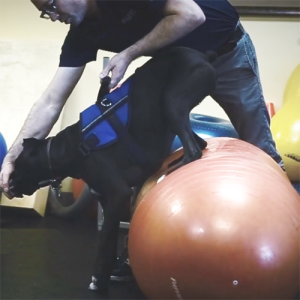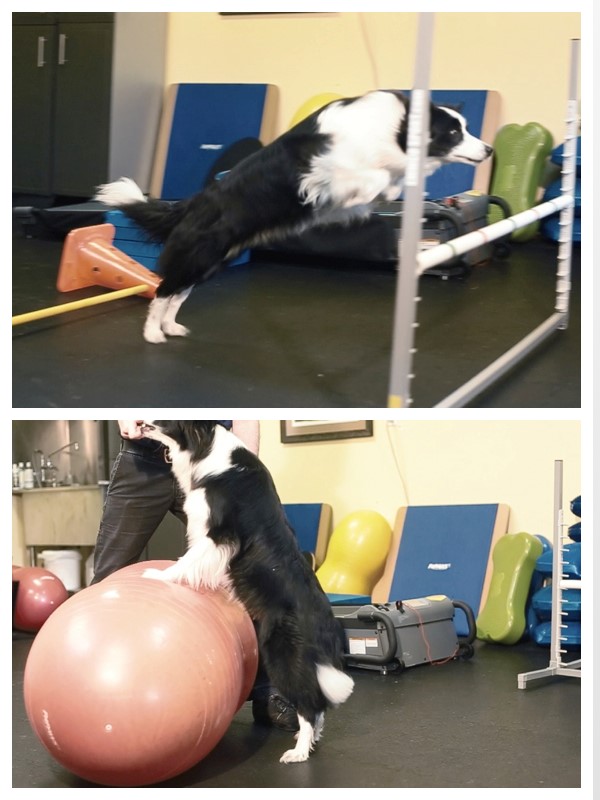 The SAID Principle of Exercise and Why it’s Important in Cross Training
The SAID Principle of Exercise and Why it’s Important in Cross Training
by Robert J. Porter LMT, CCRP
People have been exercising dogs for hundreds of years, and there are many techniques available to keep your dog in shape. But, with all that’s out there, what really helps your dog be the best they can be?
Whenever I start a new exercise program for a dog, I first ask what the dog does in their everyday life. Does he have a job, run agility or herd sheep? Or, does he lie around all day, making occasional sudden bursts out the back door toward a squirrel who inadvertently makes it into his yard? An exercise program should be tailored to compliment the everyday actions that a dog does.
For an exercise to be effective, it should work the dog more than the handler, and it should be targeted to the actions seen in that animal’s daily life. If we are cross-training for a sport, then we should also consider exercise that mimics the actions seen in the sport, but lessen the intensity or speed, while still challenging the athlete so their body can adapt and build strength.
This is where the S.A.I.D. principle of exercise comes in.
SAID stands for Specific Adaptation to Imposed Demands. This basically means that we will get better and stronger at what we practice, but in very specific ways. For example, walking and running in straight lines may be great exercises for general, cardiovascular fitness, but how can we help the agility competitor become stronger in their jumping abilities?
To better target the jumping action, I would pick an exercise that mimics the same ranges of motion seen in jumping, but with less intensity, still providing a challenge for the dog.
The squat is a great example of mimicking the take off of a jump, but what exercises could help with landing?
Please leave comments below, and let us know what other exercises could be used to help with the complex movements of jumping?
Robert Porter LMT, CCRP is the physical rehabilitation treatment supervisor at MedVet Medical & Cancer Center (Mandeville location). He was one of the first 30 people in the United States to become a Certified Canine Rehabilitation Practitioner from the University of Tennessee and has been working, full time, in the field of veterinary physical rehabilitation since 2000. Robby has a strong interest in positive training approaches to specific targeted exercise in canine sports medicine. Having a vast knowledge of canine pathology and years of experience working along side veterinary surgeons has given him a unique and creative perspective on approaches to therapeutic and conditioning exercises.
Robert J Porter, Director of Treatment
MedVet Mandeville
Physical Rehabilitation Department,
www.facebook.com/medvetforpets
www.facebook.com/medvetforpets.mandeville

